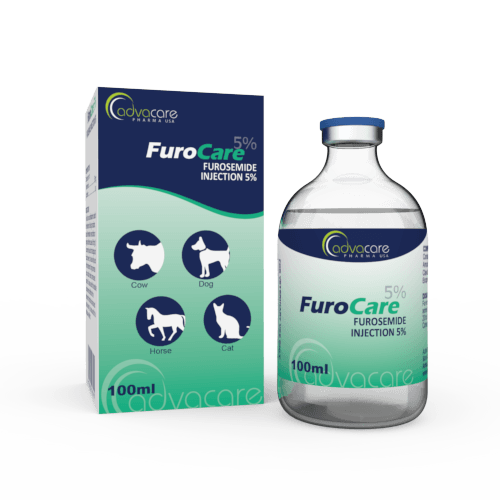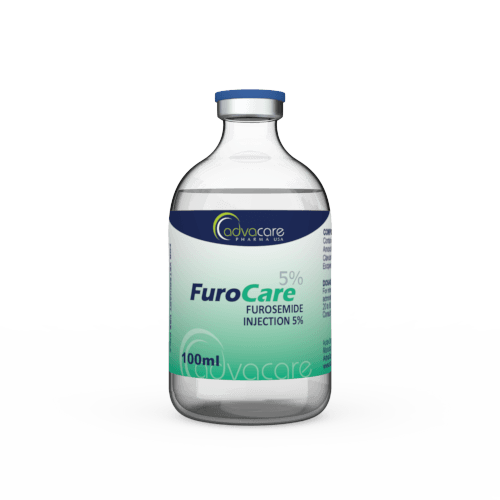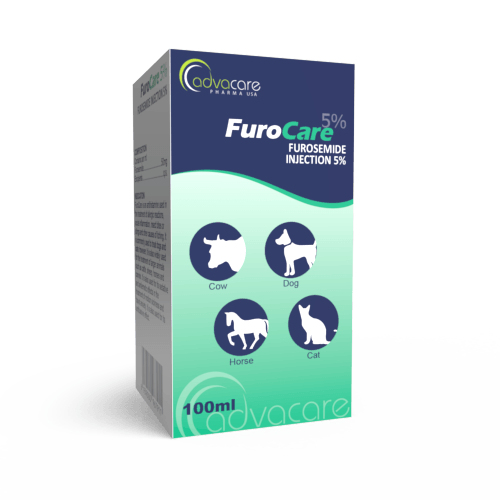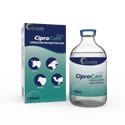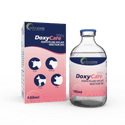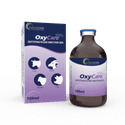- Home›
- Veterinary Pharmaceuticals›
- Veterinary Injections›
- Veterinary Liquid Injections›
- Furosemide Injection
Furosemide Injection
Dosage
Packaging
What is Furosemide?
Active Ingredients: Furosemide
Furosemide Injection is a diuretic drug used to treat edema (fluid retention) used for cats, dogs, cows, and horses. Fluid retention may be caused by conditions like heart failure, liver disease, and kidney disease. This drug is indicated for acute non-inflammatory tissue edema in dogs and horses.
In the case of edema caused by cardiac insufficiency, it is recommended to prescribe together with a heart stimulant such as digitalis.
Furosemide is classified as a loop diuretic. It works by helping the kidneys get rid of extra salt and water.
It is important to note Furosemide Injection is for veterinary purposes only.
AdvaCare Pharma is a trusted exporter of Furosemide Injections. This medication is manufactured in our GMP-certified facilities in China, India, and the USA. Our production facilities are regularly inspected to ensure they meet our rigorous standards for the production of high-quality effective livestock medicines.
Why are we a trusted Furosemide manufacturer?
Furosemide Injection is manufactured and globally distributed by AdvaCare Pharma, a leading manufacturer of veterinary injections in the pharmaceutical industry. We have been committed to distributing high-quality, GMP-certified veterinary medications for the global market over the past 20 years. As a top Furosemide manufacturer, we ensure that all of our 100+ veterinary injections surpass our distributors' requirements by conducting routine internal and third-party facility audits.
Uses
What is Furosemide used for?
It's used to treat edema (fluid retention), such as:
- acute non-inflammatory tissue edema in dogs or horses
- pulmonary congestion or ascites associated with cardiac insufficiency in the dog
What animals can be treated with Furosemide Injection?
It's recommended for cats, dogs, horses, and cows.
How is a Furosemide Injection used?
This medication has been manufactured as a liquid, which is packaged in a vial. It is intended to be administered by injection. Furosemide Injection is intended for veterinary use only.
How should Furosemide Injection be stored?
This medication should be stored in a dark, dry location under 30°C. The vial should be sealed tightly.
What is the withdrawal period for Furosemide?
The withdrawal time is 48 hours. Furosemide should not be used in horses intended for human consumption.
Dosage
How much Furosemide Injection should be given to dogs?
The usual dose is 1-5mg/kg, given 2-3 times per day.
How much Furosemide Injection should be given to horses?
The usual dose is 250-500mg (5-10ml), given once or twice per day IM/IV.
Refer to a veterinary doctor or pharmacist for guidelines on dosage.
Side Effects
As with all pharmaceuticals, some unwanted effects can occur from the use of Furosemide Injection.
Serious side effects may include:
- allergic reaction (skin rash, fever, facial swelling, or difficulty breathing)
- electrolyte imbalance
- loss of hearing in cats (due to rapid IV injection)
For a comprehensive list of all possible side effects of this medication, consult a veterinarian.
Precautions
Do NOT use Furosemide Injection for an animal that:
- has a known allergy or hypersensitivity to any of the ingredients.
- has anuria.
- is in hepatic coma.
Treatment with this drug should be administered with caution if an animal: • has latent diabetes mellitus.
As furosemide is a highly effective diuretic, the patient should be monitored for dehydration or electrolyte imbalance.

You might be interested in...
Why AdvaCare Pharma?
As an industry leader, we are aware of our responsibility to provide affordable and sustainable solutions to improve healthcare worldwide.
